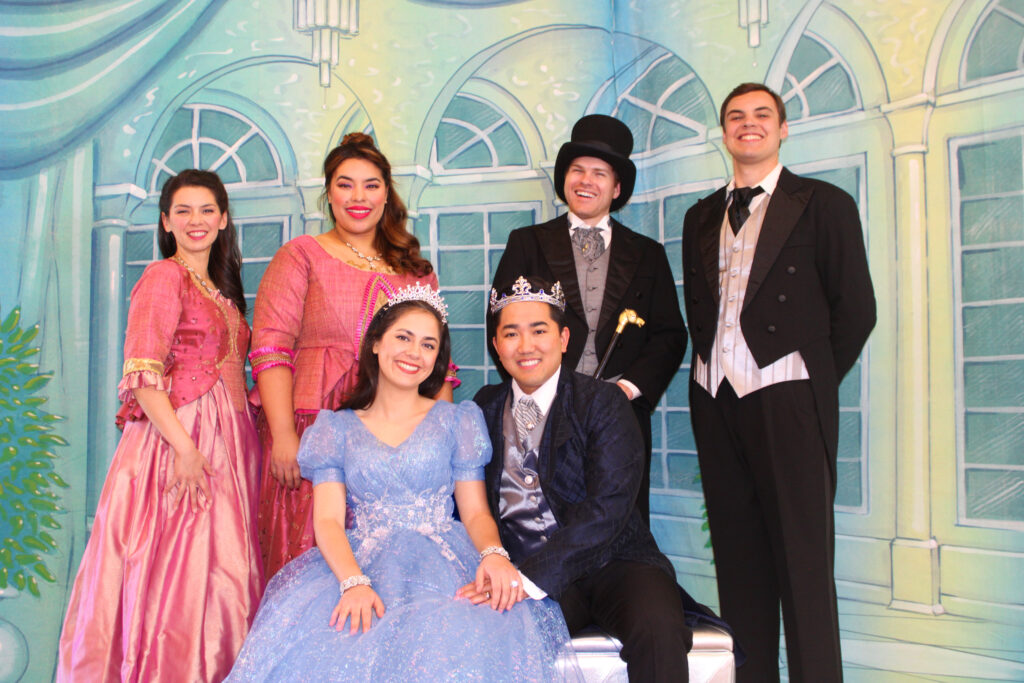Creating the Cinderella Fairytale
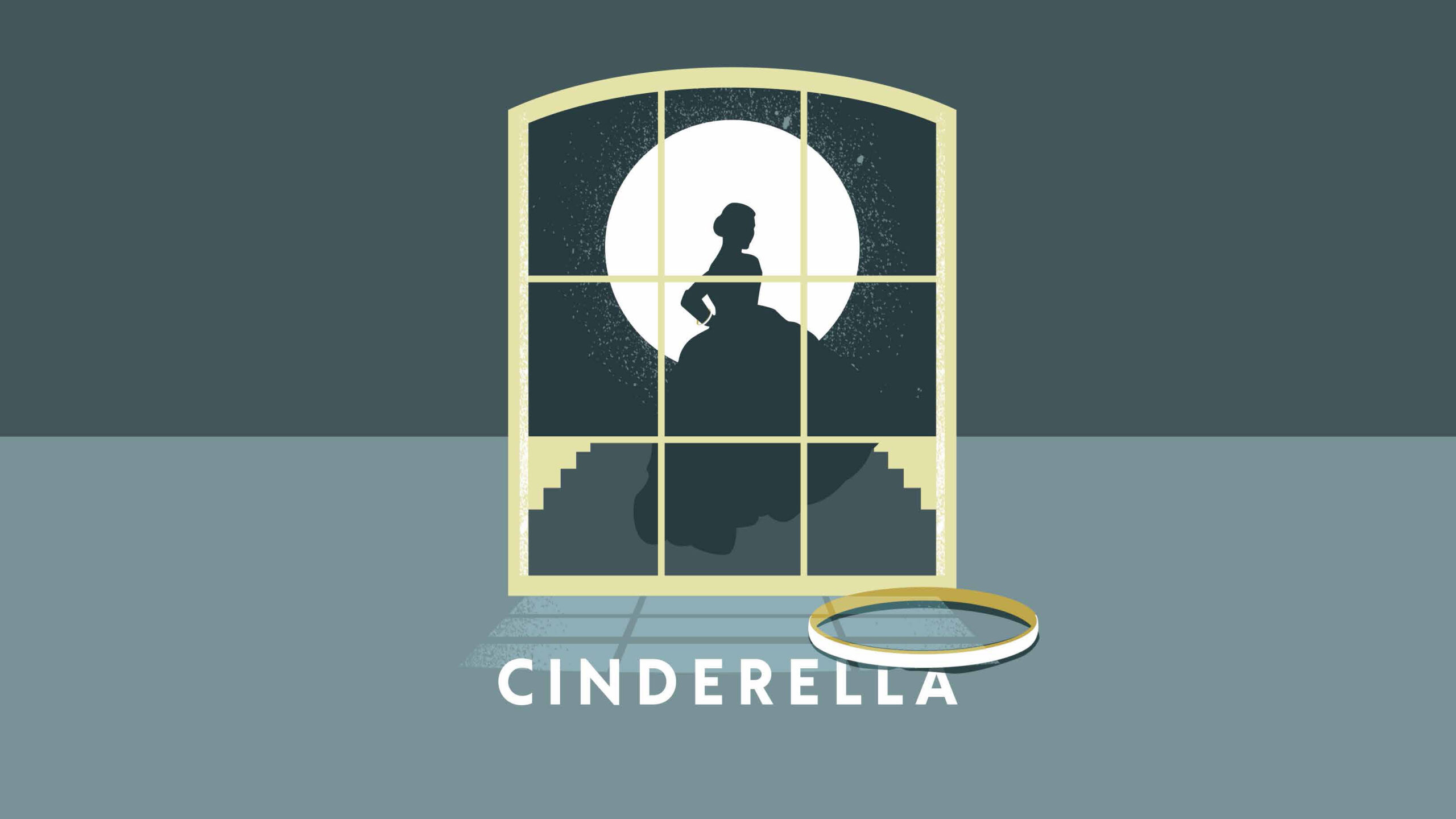
At the stroke of midnight, it seems as if Cinderella’s fairytale moment is coming to an end as reality returns. It turns out, her happiness had only just begun when we end her tale with happily-ever-after. According to Opera Colorado’s Director of Education & Community Engagement and Director of the Artist in Residence Program Cherity Koepke, “We have to believe in magic, that fairytales can happen, otherwise, the world is black and white when it should be all the colors.” The Cinderella story helps people believe happy endings are possible. It is a joy to bring this uplifting and universal story to our Colorado audiences in the 2023-24 Season.
Every year, Opera Colorado sends touring productions of hour-long, mostly English-language operas all around the state. We reach students and community groups from Durango to Lamar and Fort Collins to Pueblo. Starting in the fall of 2023, our Artists in Residence will perform touring productions of Cinderella. Let’s learn more about how this production was created and why this fairytale story is universally adored in a Q&A with the Stage Director, Cherity Koepke.
Do you want to bring Cinderella to your school or community center? Learn more>>
WHY DID YOU CHOOSE TO PERFORM CINDERELLA THIS SEASON?
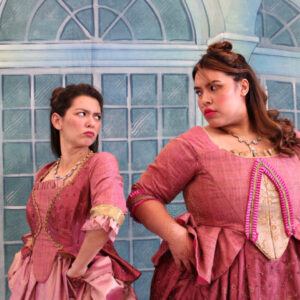
Fairytales are very popular and for a good reason. Cinderella-type stories especially are present in cultures all around the world. From Ethiopia to the U.K., I found this story in every culture I researched. There is something uniquely human about wanting the underdog to win and having someone “good” get a happy ending. I cannot think of a better message to bring to kids and our community.
Cinderella’s needs fit very well with this season’s Artists in Residence. We have more women than usual in this cohort since more female roles are needed for the Student Matinee of Don Giovanni. Cinderella is also dominated by female voices. Additionally, Cinderella is in the bel canto (beautiful singing), so it matches Don Giovanni in style. We want our Artists singing a consistent style to protect their vocals.
THERE ARE A FEW PLOT ELEMENTS THAT MIGHT BE UNEXPECTED. WHAT IS THE REASON FOR THOSE CHANGES?
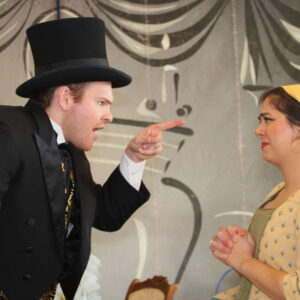
There are a few opera versions of this story, but my favorite is Rossini’s because the music is fabulous and the story has some interesting twists. This story is well-known to kids, mostly through the Disney version, so there is some familiarity with a few key changes. Cinderella means “little cinder girl,” but Rossini went a step further and gave her a name: Angelina. There are matching bracelets instead of glass slippers because it was considered improper for women to show their ankles in public during Rossini’s time. The evil step-parent is a father, not a mother, because nineteenth-century audiences would have been uncomfortable with a woman playing such a sinister character. There is not a fairy godmother but a royal advisor to keep the story more grounded in reality. The step-sisters are not physically ugly, they are wicked and meanspirited, and that is what makes them ugly.
WHAT CAN YOU TELL US ABOUT THE COSTUMES?
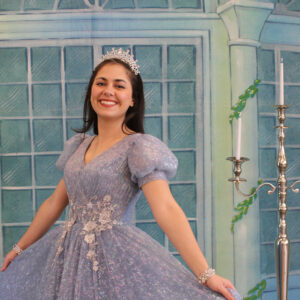
The time period of this production is in the 1890s with influences from the Italian style to honor Rossini’s opera La Cenerentola and the French style to honor an early version of the fairytale, Charles Perrault’s 1697 Cendrillon. Angelina’s family—the step-father, Don Magnifico, and the step-sisters–wear heavy colors in blacks, greys, and pinks. Angelina is the only one who wears blue while the prince Ramerio and Alidoro pick up on touches of blue to signify a link between them. I also wanted the true Cinderella ballgown; I believe adults and children alike, regardless of gender, want that fairytale moment. Angelina enters the ball in a full gown with a tiara and matching bracelets in a breathtaking moment where all eyes are on her. There is nothing wrong with wanting that magical moment, so our Cinderella gets to live it at each performance.
WHAT WILL THE SETS LOOK LIKE?
There are only two locations in this production: the palace and Cinderella’s house. The sets help show these two places are vastly different worlds. While the house is dark, heavy, and cluttered, the palace is airy and full of light and pastel colors. I worked with a wonderful team of people who have been a part of a number of other projects: designer Bruce Bergner, builder Ron Mueller, and painter Jenn Melcher. When the sets are closed, it looks like the cover of a children’s book. When the sets open, you get this ethereal feeling from seeing these beautiful but simple designs.
WHAT WILL THE ARTISTS IN RESIDENCE GAIN FROM THIS PRODUCTION?
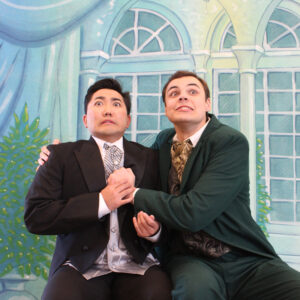
For an opera singer, it is rare to perform the same role more than four or five times in a production’s run, but the Artists in Residence will do this performance twenty or more times. They have a chance to constantly refine and experiment with their roles and to figure out their comedic timing. With comedy, you have to be 100 percent sincere, or it does not work. They get to see how an audience reacts to what they are doing with an up-close-and-personal energy. The performance I see at the beginning of the season is not the same one I see at the end as the Artists grow over time.
WHAT DO YOU HOPE AUDIENCES TAKE AWAY FROM CINDERELLA?
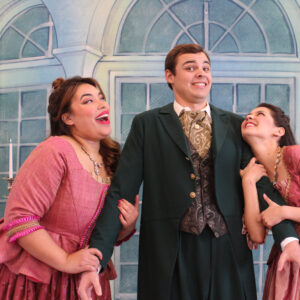
I want them to leave with a curiosity about opera and an understanding of how powerful art can be. One of my favorite moments of my career involves a performance of Cinderella through an old program with Opera Colorado called Opera in a Trunk. There was a little girl watching the performance who did not say a word even when other kids were asking questions, but she never took her eyes off me. I invited her up to try on Cinderella’s ballgown. She said she wanted to sing and created her own song on the spot. I looked to the back of the room and the teachers were crying, so I started to think something was wrong. When I talked to the teachers afterwards, they told me that this little girl was a selective mute, and due to a traumatic experience, she hadn’t spoken to anyone other than her brother in over a year. That day, she sang! I worked with this school for several years and followed this girl’s journey–she is now singing in her school’s choir!
There have been a few moments like that in my career where I know I am exactly where I need to be for that one person, and this one was of them. I think Cinderella will always have a special place in my heart because I have seen what it can do for people.
—
ARE YOU UNDER THE SPELL YET?
Cinderella’s pumpkin carriage is traveling and can come to your school or community center anywhere in Colorado.
Book a performance for your school or community venue. Contact us by email at education@operacolorado.org or by phone at 303.778.7350.
Did you know that Opera Colorado offers scholarships for our educational programs? Scholarships are available on a first-come, first-serve basis. To apply, please fill out and return the appropriate application: School Scholarship or Community Scholarship.
